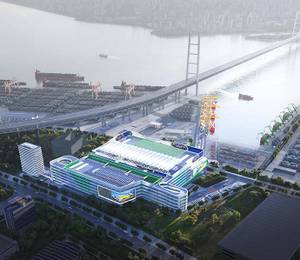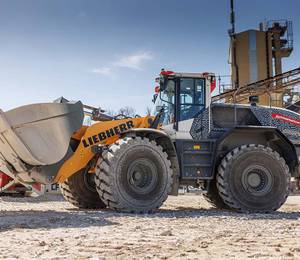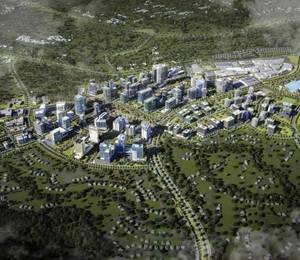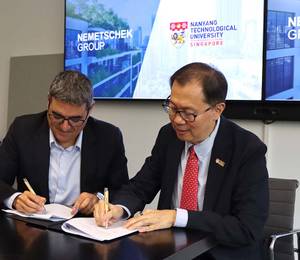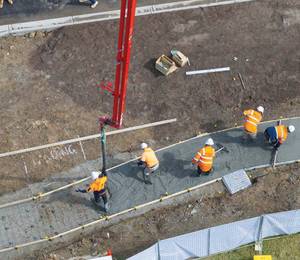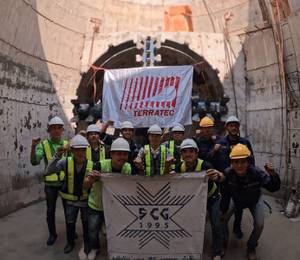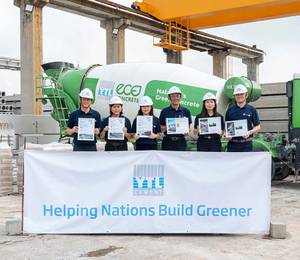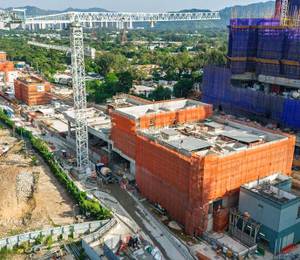The construction industry in Thailand is expected to grow at a compound annual growth rate (CAGR) of almost 8 percent during the period 2018-2022, according to a new market research study by Technavio.
The report categorises the construction market in Thailand by end-user that includes public construction and private construction. Technavio researches estimated that nearly 60 percent of the market share came from public constructions in 2017 and this segment is expected to grow at a much faster pace compared to the private construction segment in the next four years.
Increased public infrastructure projects
The Thai government has been investing primarily in public infrastructure projects in recent years, observes Technavio. This is expected to remain one of the major factors driving growth in the country’s construction industry. In 2017, the government allocated US$25.71 billion into new public projects such as railways, public roads and highways, airports and shipping ports.
Technavio says that the plans to invest in infrastructure projects correspond with the economic recovery in the ASEAN (Association of South East Asian Nations) region, boosted by the improving global economic order.

Most of the public infrastructure investments made in the country during the last three decades focused towards power and telecom projects, but the new military government that came to power in 2014 is shifting focus towards transportation, adds Technavio. The country is further expected to invest around 4.42 percent of its annual GDP, as estimated in 2017, in transports infrastructure over the next 10 years.
A senior analyst at Technavio for construction research comments, “During 2015, the government had announced the implementation of the Transport Infrastructure Development Master Plan 2015 to 2022 with the objective of enhancing regional connectivity and boosting competitive advantage. The government has allocated US$55 billion for this development plan, and several projects are already in the construction phase. A total of 20 projects were approved in 2016 and a further 36 projects started implementation during 2017.”
Growth in prefab constructions
Although prefabricated construction methods have been present in Thailand for the past two decades, they have only started gaining momentum during the past few years, notes Technavio. Prefabricated constructions include both modular and panelised assemblies. The demand for these construction techniques has been growing in Thailand because of their various advantages over on-site constructions such as shorter construction durations and reduced labour.
Technavio further points out that Thailand’s construction industry is heavily dependent on foreign labour and material imports to run the industry. However, it is currently facing a shortage of manual labour and supply of construction materials, which could hinder the future growth of the industry.
For the detailed report, click here.
